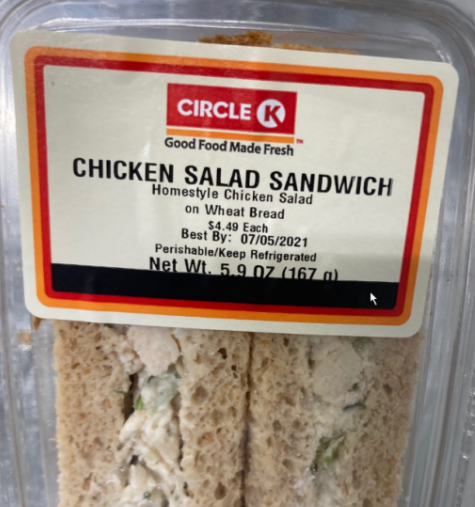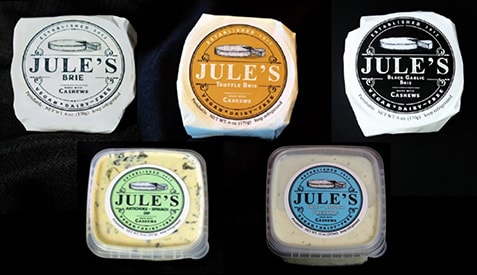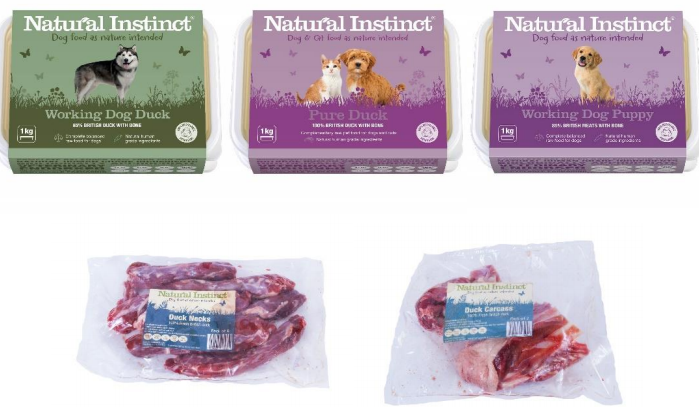On Saturday, July 3, the USDA/ FSIS reported that Tyson Foods Inc. (Dexter, MO) recalled approximately 8,492,832 pounds of ready-to-eat (RTE) chicken products that may be contaminated with Listeria monocytogenes. On June 9, the recall was extended to ~ 8,955,296 pounds of frozen and cooked chicken products. The products were sold at various retailers, including Walmart, Target, Kroger, Publix, H-E-B, and Wegmans. The recalled products were used in the production of other products. LSG Sky Chefs produces the Chicken Salad Sandwiches for Circle K used the product in their sandwiches. Private label products are also part of the recall, and some were made for restaurants, including Jet’s Pizza, Casey’s General Store, Marco’s Pizza, and Little Caesars. @ https://www.fsis.usda.gov/recalls-alerts/tyson-foods-inc.-recalls-ready-eat-chicken-products-due-possible-listeria
ruth
The FDA reported that LSG Sky Chefs issued a voluntary recall of its Chicken Salad Sandwich because it can be contaminated with Listeria monocytogenes.LSG Sky Chefs produces the Chicken Salad Sandwiches for Circle K stores in Phoenix, Arizona, and Southern California. All affected product produced by LSG Sky Chefs has already been pulled from Circle K stores. No other products or retailers are involved in this voluntary recall. The chicken used in this product is subject to a national recall issued by Tyson Foods. To date, LSG Sky Chefs has received no reports of illnesses associated with this product. @ https://www.fda.gov/safety/recalls-market-withdrawals-safety-alerts/lsg-sky-chefs-recalls-circle-k-brand-chicken-salad-sandwich-because-possible-health-risk
LSG Sky Chefs announced today that it is issuing a voluntary recall of its Chicken Salad Sandwich because it has the potential to be contaminated with Listeria monocytogenes, an organism which can cause serious and sometimes fatal infections in young children, frail or elderly people, and others wit
ruth
In April 2021, the CDC, FDA, and their local partners investigated a multi-state outbreak of Salmonella and traced it back to Jule’s cashew brie contaminated with Salmonella. The product was recalled on April 22, 2021. The CDC announced that as of July 7, 2021, this outbreak is over. This outbreak included people infected with one of four Salmonella serotypes: Chester, Duisburg, Typhimurium, and Urbana. A total of 20 sick people were reported from four states (California (15), Florida (2), Maryland (1), and Tennessee (2)). Illnesses started on dates ranging from December 11, 2020, to May 9, 2021. Five people were hospitalized, and no deaths were reported. WGS results showed that samples of Jule’s truffle cashew brie collected in California and Tennessee were contaminated with Salmonella. FDA and California Department of Public Health inspectors found the outbreak strain of Salmonella Urbana in samples of raw cashews. The same lot of cashews was used to make the product. @ https://www.cdc.gov/salmonella/duisburg-04-21/index.html#:~:text=Investigators%20found%20an%20outbreak%20strain%20of%20Salmonella%20in%20Jule’s%20truffle%20cashew%20brie.&text=Do%20not%20eat%20any%20recalled,soapy%20water%20or%20a%20dishwasher
This outbreak is over. Stay up to date with food recalls & outbreaks.
ruth
The UK Food Standards Agency (FSA) reported that Natural Instinct recalled several dog food products containing duck due to Salmonella contamination. The recalled products are Working Dog, Duck Pure Duck, Working Dog Puppy, Duck Carcass, and Duck Necks. Natural Instinct has taken the precautionary measure of recalling several of its frozen raw pet food products made using duck because the products contain salmonella. These products have been sold online and by independent pet stores. @ https://www.food.gov.uk/news-alerts/alert/fsa-prin-39-2021




